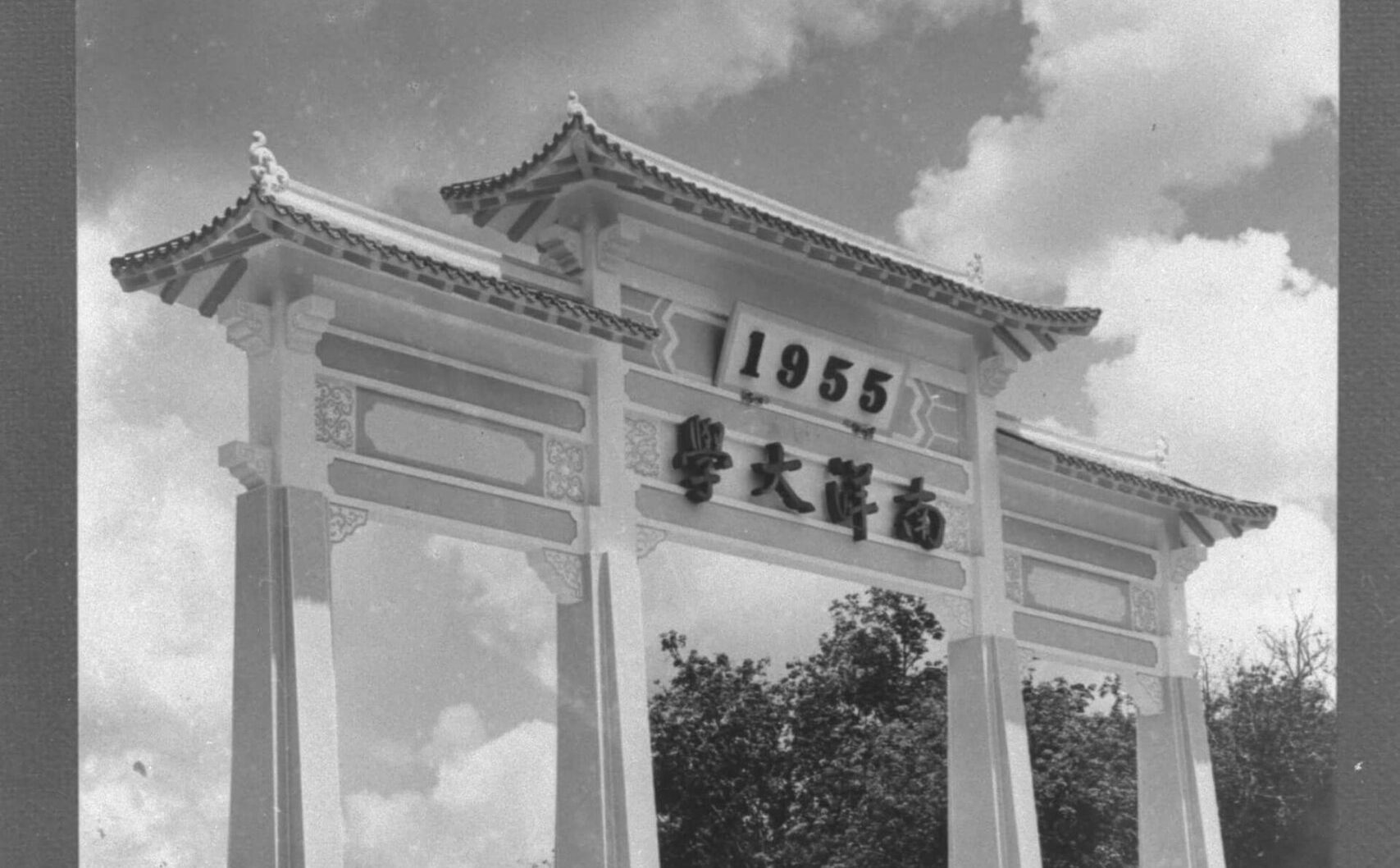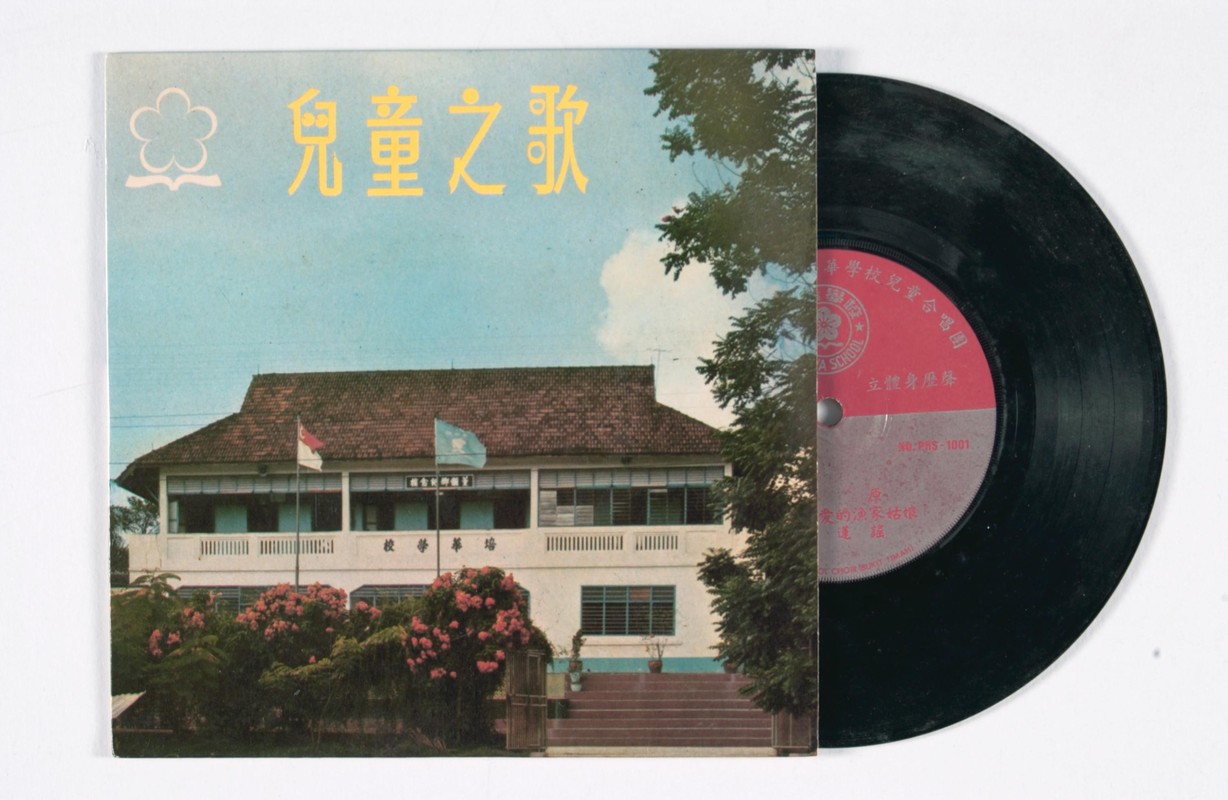Development of a ‘Singapore consciousness’: Chinese school textbooks post-independence (1965–1987)
On 9 August 1965, Singapore separated from Malaysia to form the Republic of Singapore. As a part of nation-building, Singapore needed a pool of technologically skilled individuals to contribute to its economic development and industrialisation. It also needed to cultivate a new generation of citizens with a sense of national identity.
For the former, the government actively promoted English-based technical education to train the required talents. For the latter, it formulated a standard curriculum that was used across the four language streams of education and also revised outdated textbooks. This was to instil a Singaporean consciousness and mould a generation of “new” Singaporeans.
In 1969, the local education community organised a four-day seminar on civics education to discuss the significance of civics training in nation-building. The seminar report pointed out that a sense of patriotism was based on an understanding of the relationship between an individual and the nation. As an immigrant society, the people of Singapore came from diverse cultural backgrounds and had different lifestyles. For them to live together in peace and harmony, it was necessary to foster mutual understanding and develop a common sense of identity.1
The start of civics education
Implementing a common civics curriculum thus became a top priority for school education as a vital part of nation-building. The Ministry of Education had already issued a set of standard curriculum for civics education that was applicable from primary to pre-university levels in 1967.2 The following year, the World Book Company and Singapore Cultural Enterprises Private Limited each published a set of textbooks for primary schools, and both were titled The Citizen. The Educational Publications Bureau also published four volumes of Civics Education for Secondary Schools for Chinese schools and four volumes of Outline of Civics Education for Secondary Schools for English schools in 1969, followed by two volumes of Civics Education for Pre-University Students in 1970.

In a gradual and progressive manner, the term “patriotism” was used throughout the entire range of textbooks to develop students’ understanding of Singapore’s national symbols (such as the coat of arms, flag, anthem, and pledge); the nation’s state of affairs, political ideologies and systems; and its neighbouring countries and the world. The aim was to build a new Singaporean identity and foster patriotism.
In 1971, the Ministry of Education revised the curriculum and teaching guidelines for civics education. It later set up a standing committee, which was in charge of compiling a series of Education for Living textbooks to combine the teaching of civics, history, and geography in primary schools. This marked the beginning of the involvement of government officials in compiling textbooks for primary and secondary education. The Ministry of Education then replaced Education for Living with a Moral Education programme in 1980, incorporating stories of patriotic and self-sacrificing figures from foreign history, such as China’s Yue Fei, in the texts.3
Standardised curriculum guidelines
To localise history, geography, and Chinese-language textbooks, the Ministry of Education standardised their ideological content through measures such as issuing standard syllabuses (or curriculum outlines), setting stringent evaluation processes for the books, and revising examination syllabuses. All textbooks were required to issue new editions written in accordance with the ministry’s curriculum standards, or to make revisions to previous versions, before the ministry would approve their use in local Chinese schools.
Taking Chinese-language textbooks as an example, the Ministry of Education issued a standard syllabus for Chinese language in 1959, marking the start of localised curriculum standards for Chinese language in Chinese schools. This was later modified and presented as “Syllabus Outline for Chinese School Secondary Four Examination, 1969 & 1970” and “Syllabus Outline for Chinese School Senior Middle School-Leaving Examination, 1969 & 1970” in 1968.
The ministry subsequently approved several Chinese textbooks for use in Chinese schools, including the ones published by Chung Hwa Book Company, Educational Publications Bureau, Singapore Cultural Enterprises Private Limited, and Educational Suppliers Cooperative Limited. According to a comparative study conducted by Chinese-language teacher Yeong Pei Lien, the content of these various versions was largely similar even though they had been put together by different people.4 This was because the textbooks were compiled according to the same curriculum guidelines, which stipulated that all texts selected should adhere to criteria such as being in line with the founding spirit of the country; promoting mutual understanding and cooperation among the various ethnic groups; narrating or describing scenic spots, cultural relics, and customs of Singapore and Malaysia; and featuring accounts of and works related to Southeast Asia.

Traditional Chinese schools were the primary market for Chinese textbooks. Before 1987, Chinese was the teaching language used in these schools. Apart from English and Malay-language classes, all other subjects were taught in Chinese, including literature, history, geography, civics education, science, mathematics, physical education, music, and Chinese language. The textbooks were also written in Chinese.
In 1979, the Singapore government unified the four language streams and made English the first language in schools nationwide, with mother tongue offered as a second language. The Ministry of Education then gradually converted non-English classes in Chinese schools to English classes in 1984. By 1987, bilingual education was fully implemented in all primary and secondary schools, with English as the main teaching language while mother tongues were taught as individual subjects.
With that, “Chinese education” in Singapore had been officially transformed into “Chinese-language teaching.” Chinese schools had become a thing of the past, while old Chinese textbooks became documents that individuals or libraries kept as treasured collections. Besides being valuable cultural heritage, these books are also important research resources that can help us understand what our Chinese forefathers had learnt, thought, and done during the various periods between the founding of modern Singapore and its independence.
This is an edited and translated version of “新加坡意识”的养成:建国后的华校教科书(1965-1987). Click here to read original piece.
| 1 | Zhongxiaoxue gongmin kecheng ji xunlian gangyao [Outline of civics education curriculum and training for primary and secondary schools] (includes Civics Education Curriculum and Teaching Plans for Primary Schools, Civics Education Curriculum and Teaching Plans for Secondary Schools, Civics Education Curriculum Guidelines for Secondary Schools [revised], and Civics Education Curriculum Guidelines for Pre-University Students [revised]). |
| 2 | The content included subjects such as Buddhism, Christianity, Islam, Hinduism, Sikhism, world religions, and Confucian ethics. |
| 3 | Yeong Pei Lien, “1970 niandai Xinjiapo huawen zhongxue huawen keben yanjiu” [A study of Chinese textbooks used in Singapore’s Chinese secondary schools in the 1970s], in Xin ma yin huaxiao jiaokeshu fazhan huigu [Review of textbook development in Chinese schools in Singapore, Malaysia, and Indonesia], edited by Yeap Chong Leng and Wee Tong Bao, 115–159. |
| 4 | Yeong Pei Lien, “1970 niandai Xinjiapo huawen zhongxue huawen keben yanjiu” [A study of Chinese textbooks used in Singapore’s Chinese secondary schools in the 1970s], in Xin ma yin huaxiao jiaokeshu fazhan huigu [Review of textbook development in Chinese schools in Singapore, Malaysia, and Indonesia], edited by Yeap Chong Leng and Wee Tong Bao, 115–159. |
1969 Gongmin jiaoxue yantao baogao [Seminar report on Civics education 1969]. Singapore: Educational Publishing Bureau, 1970. | |
Kuay, Ying Xuan, ed. Pages that Opened Our Minds III: A Pictorial Catalogue of Early Chinese Textbooks in Southeast Asia by World Book Company. Singapore: Chou Sing Chu Foundation, Popular Holdings Limited, 2020. | |
Yeap, Chong Leng, and Wee, Tong Bao, eds. Xin ma yin huaxiao jiaokeshu fazhan huigu [Review of textbook development in Chinese schools in Singapore, Malaysia, and Indonesia]. Singapore: The Chinese Heritage Centre, 2005. |










